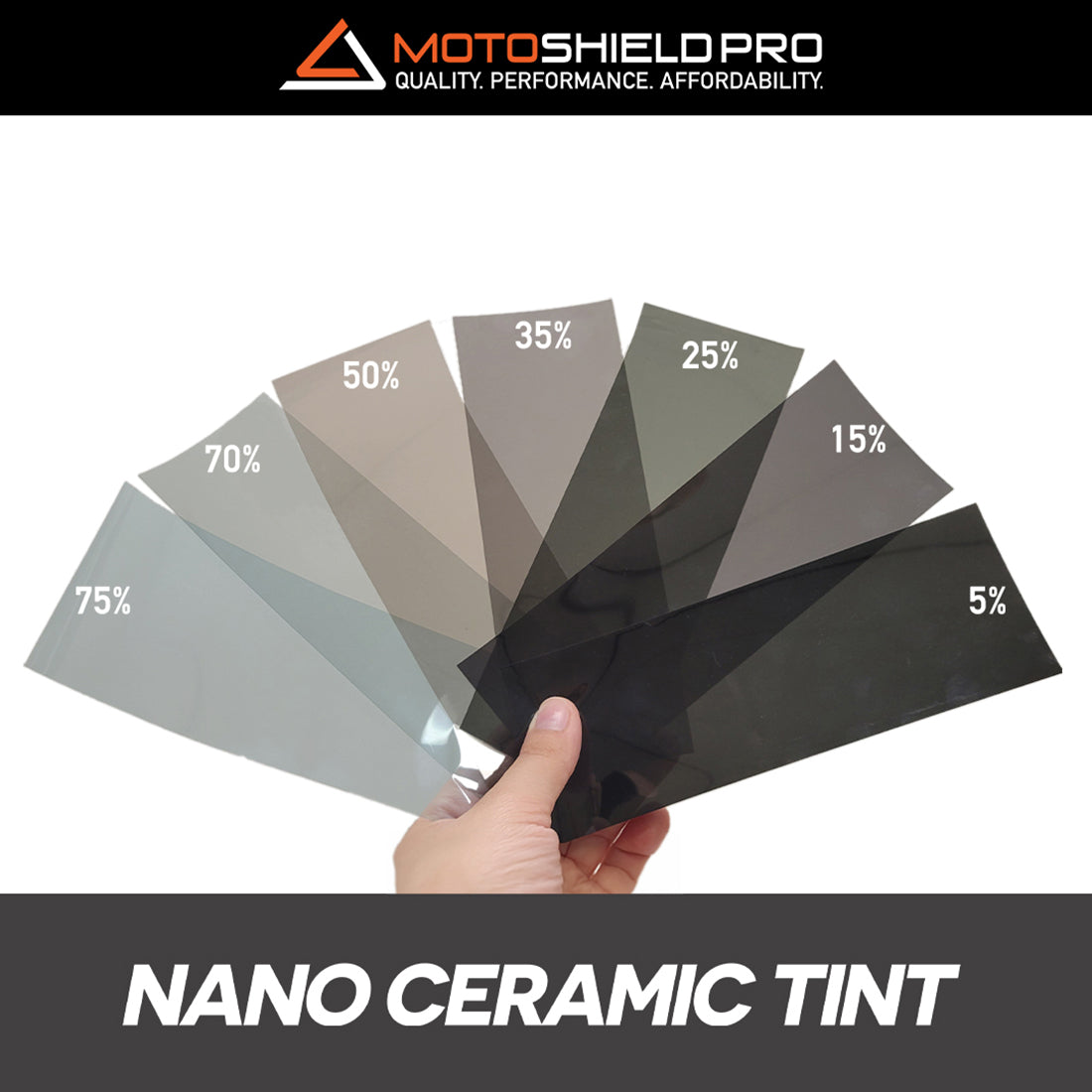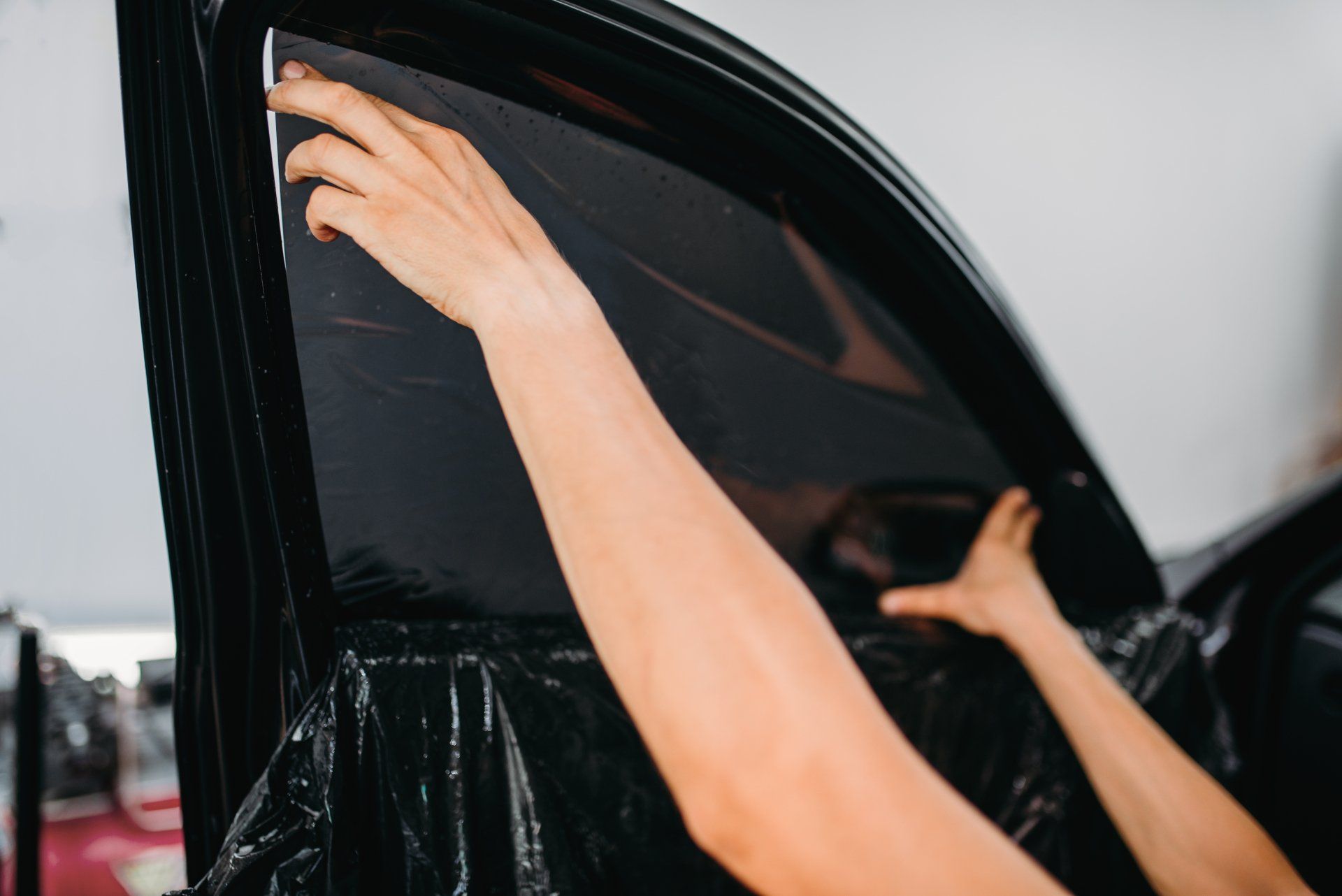Just How Auto Window Tinting Secures Your Vehicle's Inside
Just How Auto Window Tinting Secures Your Vehicle's Inside
Blog Article
Home Window Tinting Rules and Standards: What You Required to Know Prior To Tinting Your Cars And Truck
Prior to continuing with window tinting for your vehicle, it is crucial to acquaint yourself with the diverse regulations and guidelines that control this practice throughout different states. These policies dictate the permissible degrees of color darkness, commonly determined by visible light transmission (VLT) portions, and consist of particular stipulations for front windshields aimed at making sure roadway safety.
Overview of Home Window Tinting Regulations
Window tinting laws are frequently based on variant throughout various jurisdictions, reflecting neighborhood guidelines and security considerations. These regulations determine the acceptable degrees of color darkness and reflectiveness on automobile home windows, making certain that drivers maintain sufficient visibility while likewise protecting versus damaging UV rays and heat.
Most policies identify window tinting based on the Visible Light Transmission (VLT) percentage, which shows the amount of light that can go through the window. Normally, lower VLT percentages represent darker tints. Laws often set apart in between the front, side, and rear home windows, with more stringent constraints related to the front windscreen to boost safety and security for both the driver and various other road customers.
Additionally, some jurisdictions enforce limitations on the reflectivity of the color, avoiding too much glow that could hinder exposure. Exceptions to these regulations may exist for individuals with specific clinical conditions requiring added sunlight protection. Conformity with window tinting policies is crucial, as infractions can cause fines, required removal of the tint, and prospective boosts in insurance coverage costs. It is necessary for vehicle owners to acquaint themselves with regional regulations prior to continuing with home window tinting setups.
State-by-State Color Regulations
Recognizing the particular home window tinting guidelines in each state is essential for lorry owners seeking to conform with the law. Each state in the U.S. has actually established its very own collection of rules controling home window tinting, which can differ substantially. These policies frequently determine the permitted levels of color darkness, the sorts of windows that can be tinted, and any kind of medical exceptions that might apply.
For circumstances, states like California have rigorous limitations on color darkness for front windows, while others, such as New Mexico, may allow darker colors. In addition, particular states mandate specific presence percents for various home windows, consisting of the windscreen, front side home windows, and back windows. It is essential for auto owners to familiarize themselves with their state's regulations to avoid possible fines or fines.
Moreover, some states may need a qualification sticker label to be put on colored home windows, indicating conformity with state laws. Failure to stick to these regulations not just risks lawful consequences however can likewise influence safety and visibility while driving. Automobile proprietors must conduct extensive research or consult neighborhood authorities to guarantee full understanding and compliance with state-by-state color regulations.
Allowed Tint Kinds and levels
Several vehicle owners might be shocked to learn that permitted color levels and kinds differ extensively across various states. Each state has actually established its own guidelines regarding the permissible darkness and reflectivity of window tint, often determined by Visible Light Transmission (VLT) percents. VLT refers to the quantity of light that can go through the tinted home windows; therefore, a lower portion shows a darker color.

Additionally, the kinds of color products allowed can differ, with some states more helpful hints forbiding metal or mirror-like coatings. It is vital for car owners to acquaint themselves with their state's details legislations to guarantee conformity. Non-compliance can result in penalties, necessary removal of the color, or other lawful repercussions, making it critical to recognize these guidelines before waging installment.
Medical Exemptions for Tinting
While not all states supply allowances for medical exceptions relating to home window tinting, those that do identify the necessity for certain people to boost visibility and convenience due to medical conditions. Various medical problems, such as lupus, skin cancer, and certain eye conditions, can make individuals especially sensitive to sunlight. Consequently, these individuals may call for darker colors to protect themselves from dangerous UV rays and glare.

It is very important to note that despite a clinical exception, there may still be limitations on the degree of tint allowed. Compliance with state regulations makes sure that individuals are both protected and within lawful restrictions. Those taking into consideration clinical exceptions need to call their neighborhood Department of Electric motor Vehicles or equal authority to recognize the demands and procedures necessary to look for an exception effectively.
Penalties for Non-Compliance
Stopping working to conform with window tinting legislations can bring about considerable fines, which differ by state. Regulation enforcement companies are empowered to release citations for cars that do not comply with the defined tinting guidelines. These fines generally consist of penalties, which can range from small total up to numerous hundred bucks, relying on the extent of the violation and the state in inquiry.
In some jurisdictions, duplicated offenses might lead to intensifying penalties or extra fines, such as required court appearances. Non-compliance might necessitate the removal of prohibited tinting, frequently at the proprietor's cost. In extreme situations, regular wrongdoers might deal with suspension of their vehicle registration until conformity is attained.
Furthermore, insurance coverage implications might occur from obtaining multiple citations for window color infractions. Insurance providers may check out such infractions as an indicator of riskier actions, possibly bring about raised premiums or problem in insurance coverage.
To stay clear of these penalties, it is vital for lorry owners to acquaint themselves with their regional home window tinting legislations and ensure that their car complies (Window Tinting). This proactive technique not only stays clear of lawful ramifications yet also advertises road security
Final Thought

Many regulations categorize home window tinting based on the Visible Light Transmission (VLT) percent, which suggests the quantity of light that can pass via the home window. Compliance with home window tinting policies is important, as violations can result in penalties, necessary elimination of the color, and potential increases in insurance coverage premiums.Understanding the specific home window tinting laws in each state is vital for vehicle owners looking for to conform with the law. These laws frequently determine the permitted degrees of tint darkness, the types of home windows that can be tinted, and any type of clinical exceptions that might apply.
For circumstances, states like California have rigid limitations on color darkness for front home windows, while others, such as New Mexico, might enable darker tints.
Report this page